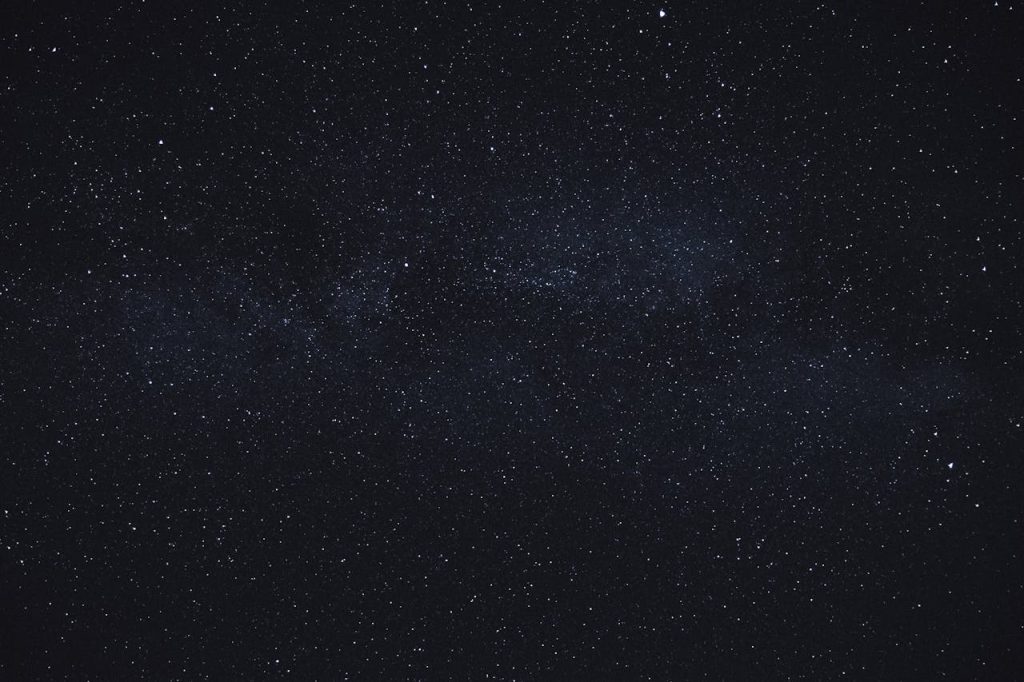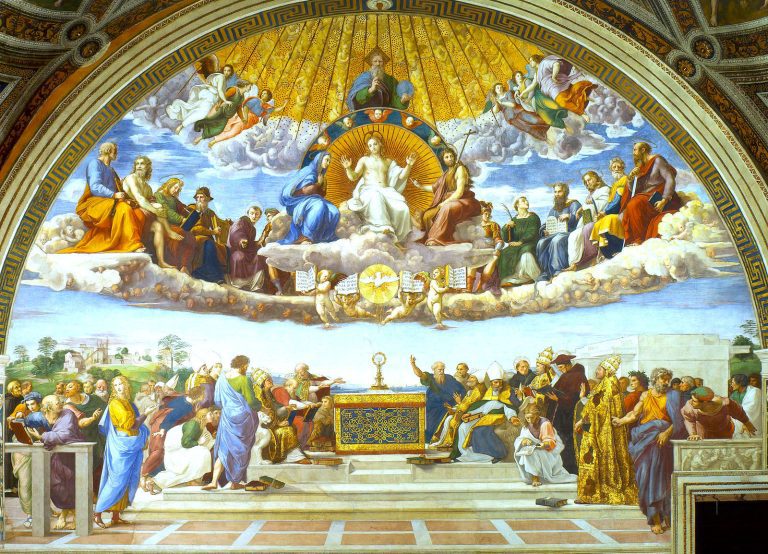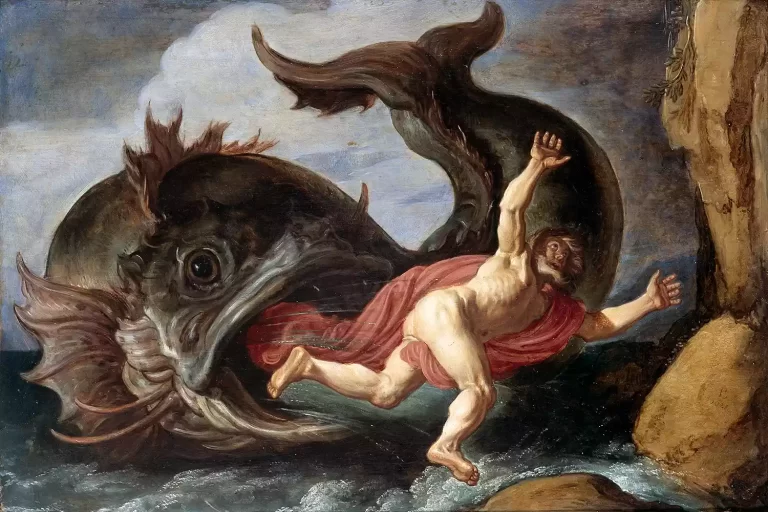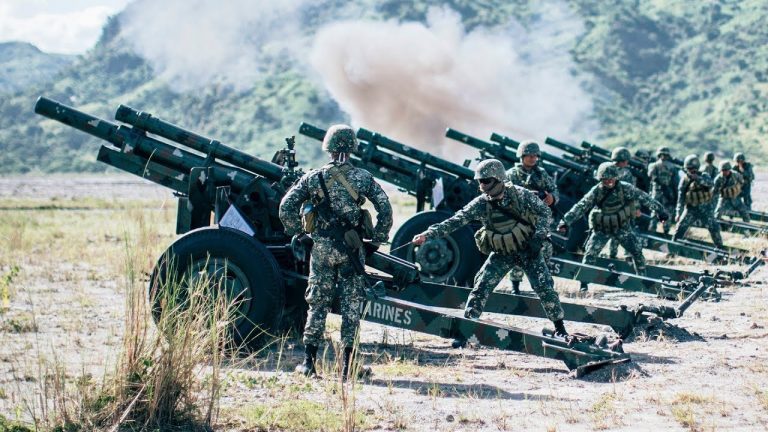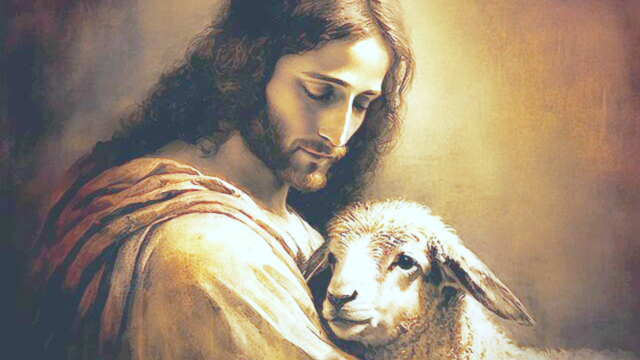Catholic Fundamentalists believe that many Eurasians are descended from Abraham. Further, we believe that most Europeans are descended from Sarah, whom we have long believed to have been history’s first “blonde bombshell” (See Feb. 3 posting!).
The great battles between peoples in this region have long been between the different tribes claiming Abraham as their father. Those in the Southwest corner of the map are descended from Abraham through Ishmael. Those to the North and West tend to come from Isaac and Jacob, though there are many descended from Abraham’s other wives.
When Abraham died, the only sons recorded to have come to the funeral were Isaac and Ishmael. Their descendants, and those descended from Abraham through mothers other than Hagar and Sarah, migrated throughout the entire area of this map. As the C-shaped section at the Southern end of the Caspian sea indicates, Abraham and Sarah’s children stretched Eastwards into Asia.
Ishmaelites, now carrying the banner of the Crescent and Star, have infiltrated the northwest to such an extent that the map’s frequencies of light eyes are no longer accurate. Isaac’s sons have the great misfortune to be ruled by governments temporarily subverted by bribes generously paid by the sons of Ishmael in order to facilitate their invasions. Every recent activity of their own governments has been carefully designed to destroy them.
But, the situation is still nowhere near as dire for Jacob’s sons as when more overt invasions were brought to a stop by Charles Martel in France in 732, and, 950 years later, in 1683, by Sobieski at the Gates of Vienna.
As long as the teeming minions of the even farther East, the sons of Japheth, can keep the children of Shem through Abraham, Ishmael and Isaac, fighting amongst ourselves, they, the distant enemy, will continue to wax while we wane.
PS: More on this subject is in the free download, “New Road to Rome”, accessible in the “books” section of the heading. Much of the last half of that book deals with Catholic Fundamentalism’s remarkably condensed way of looking at history.

